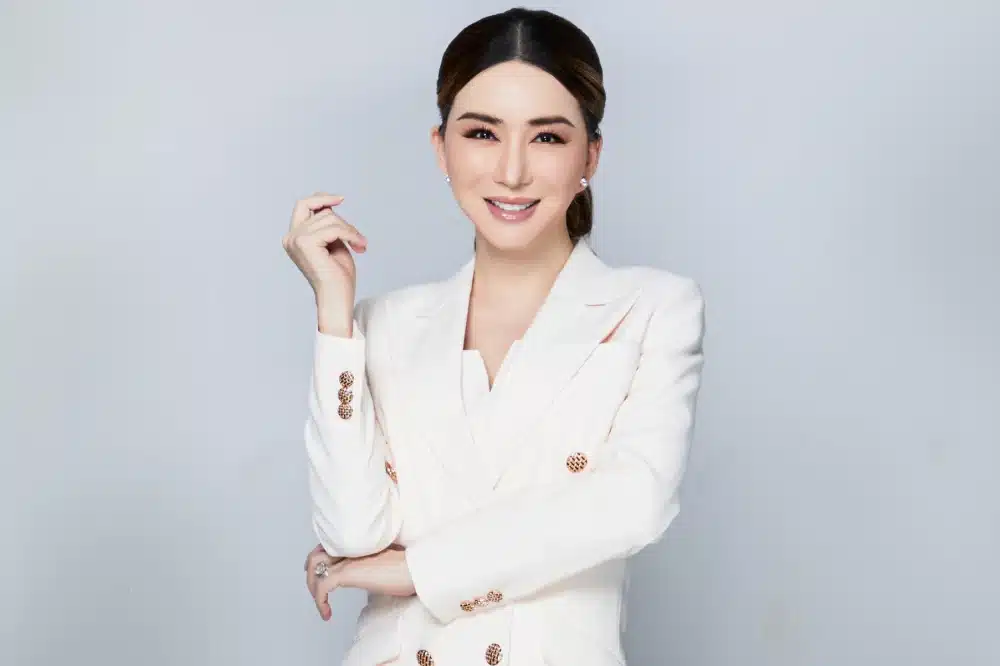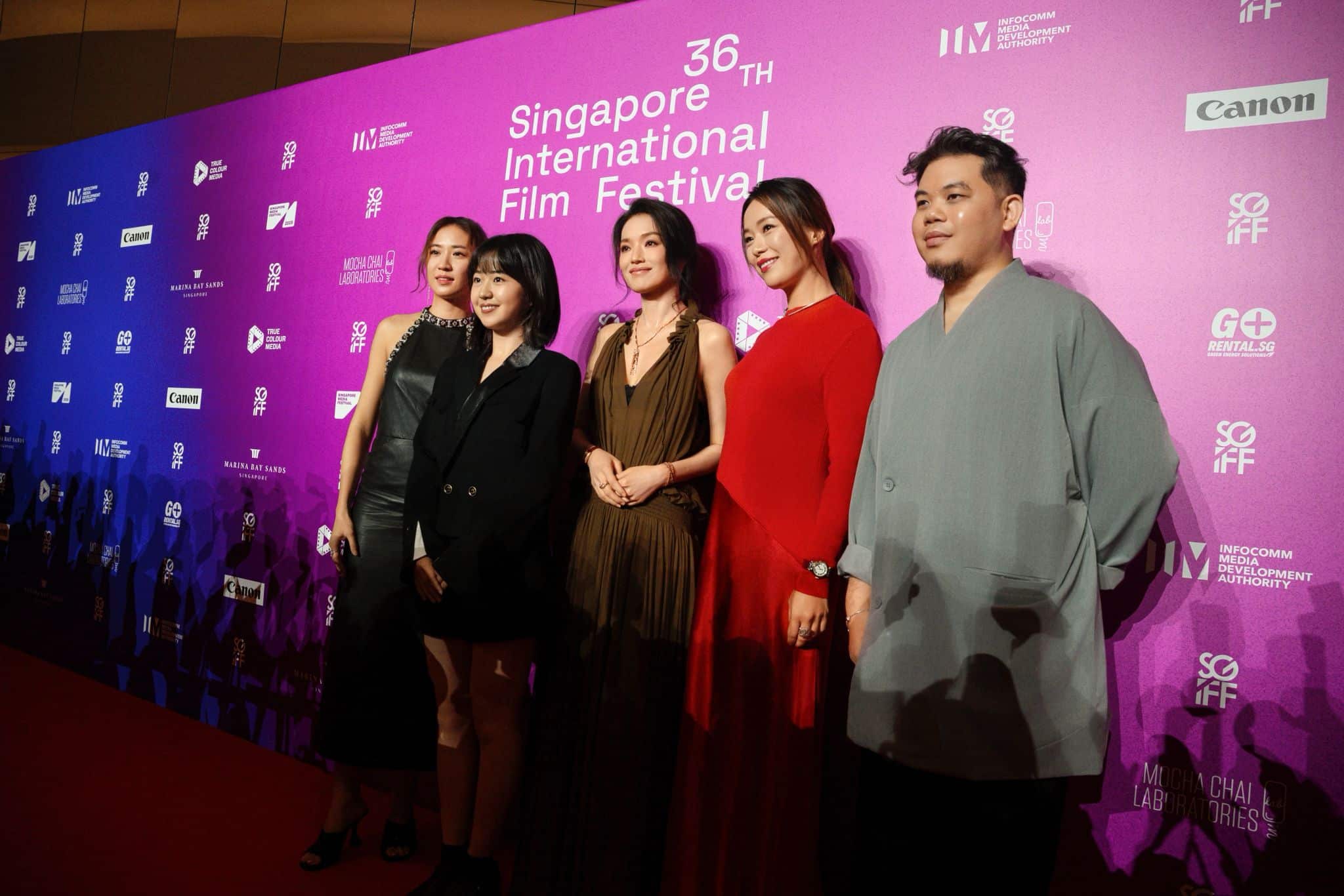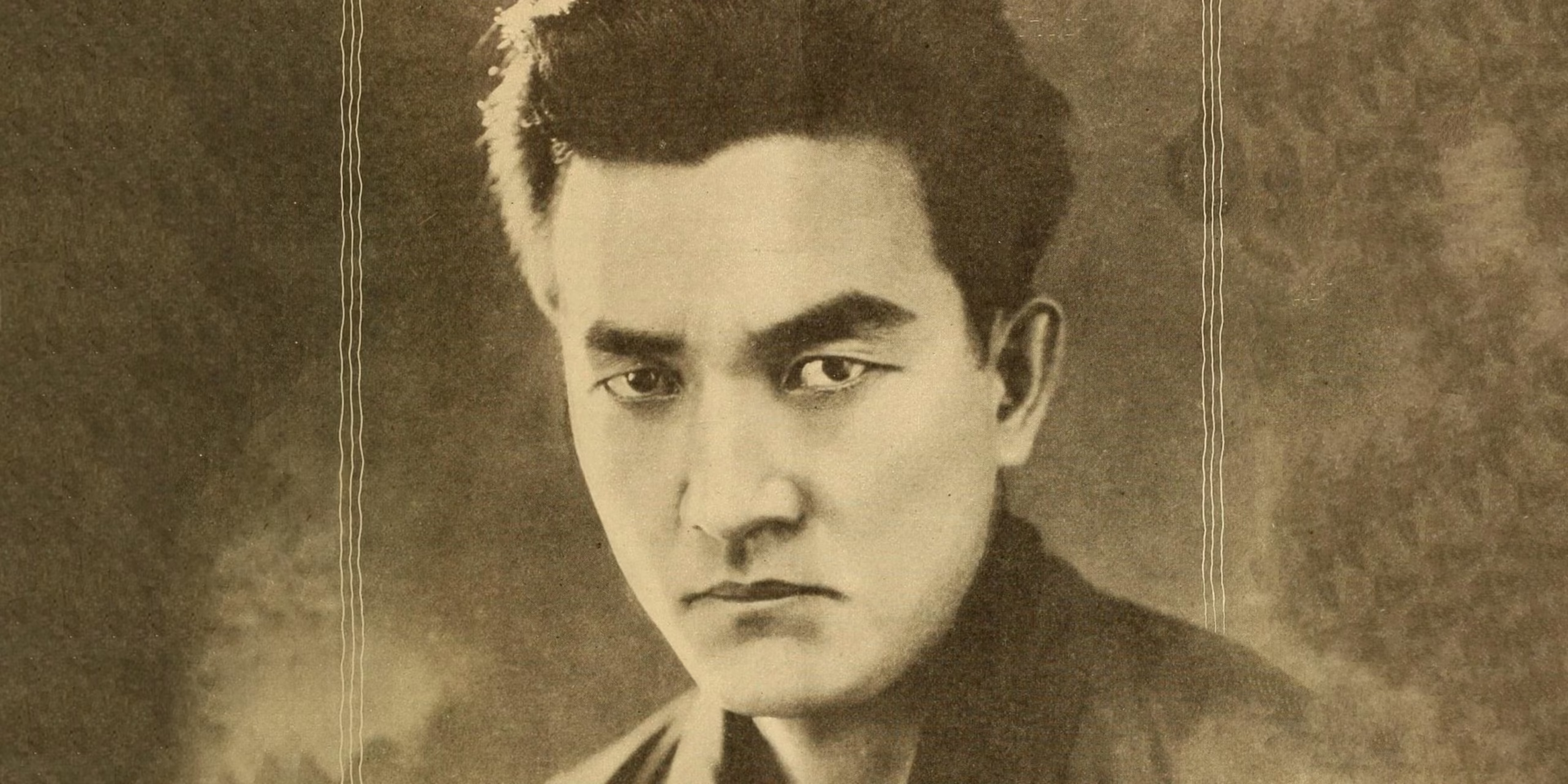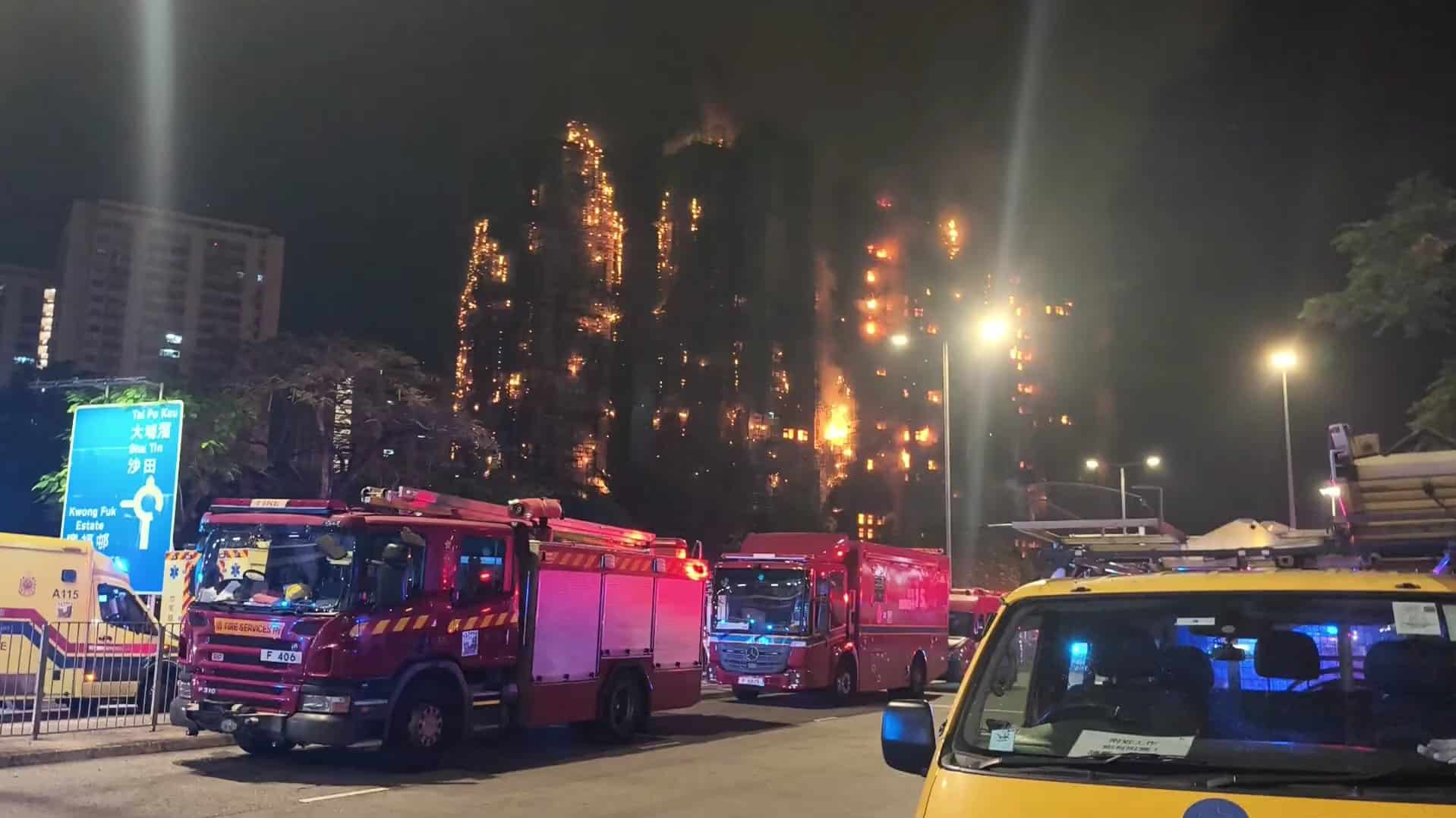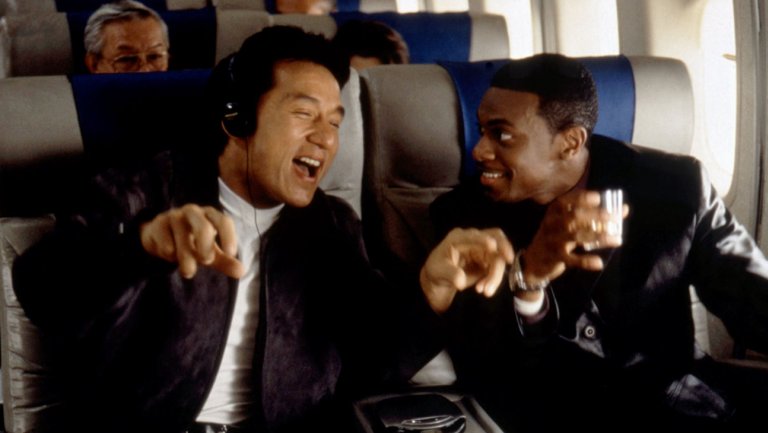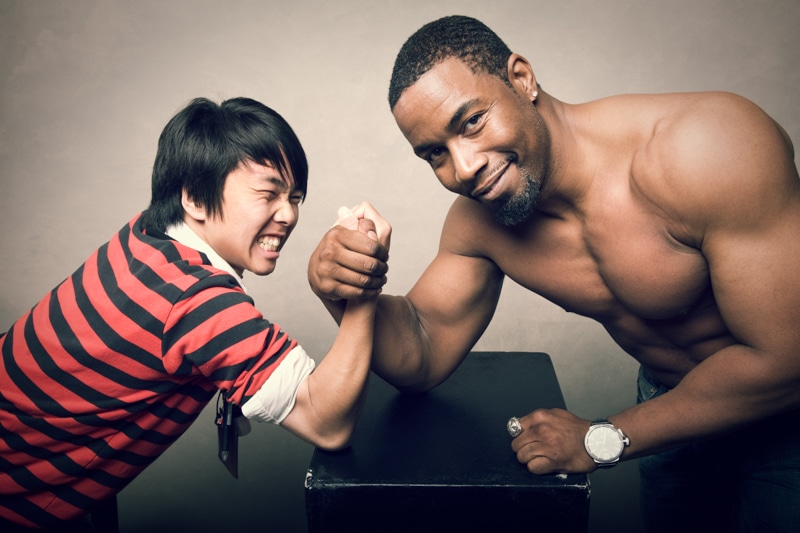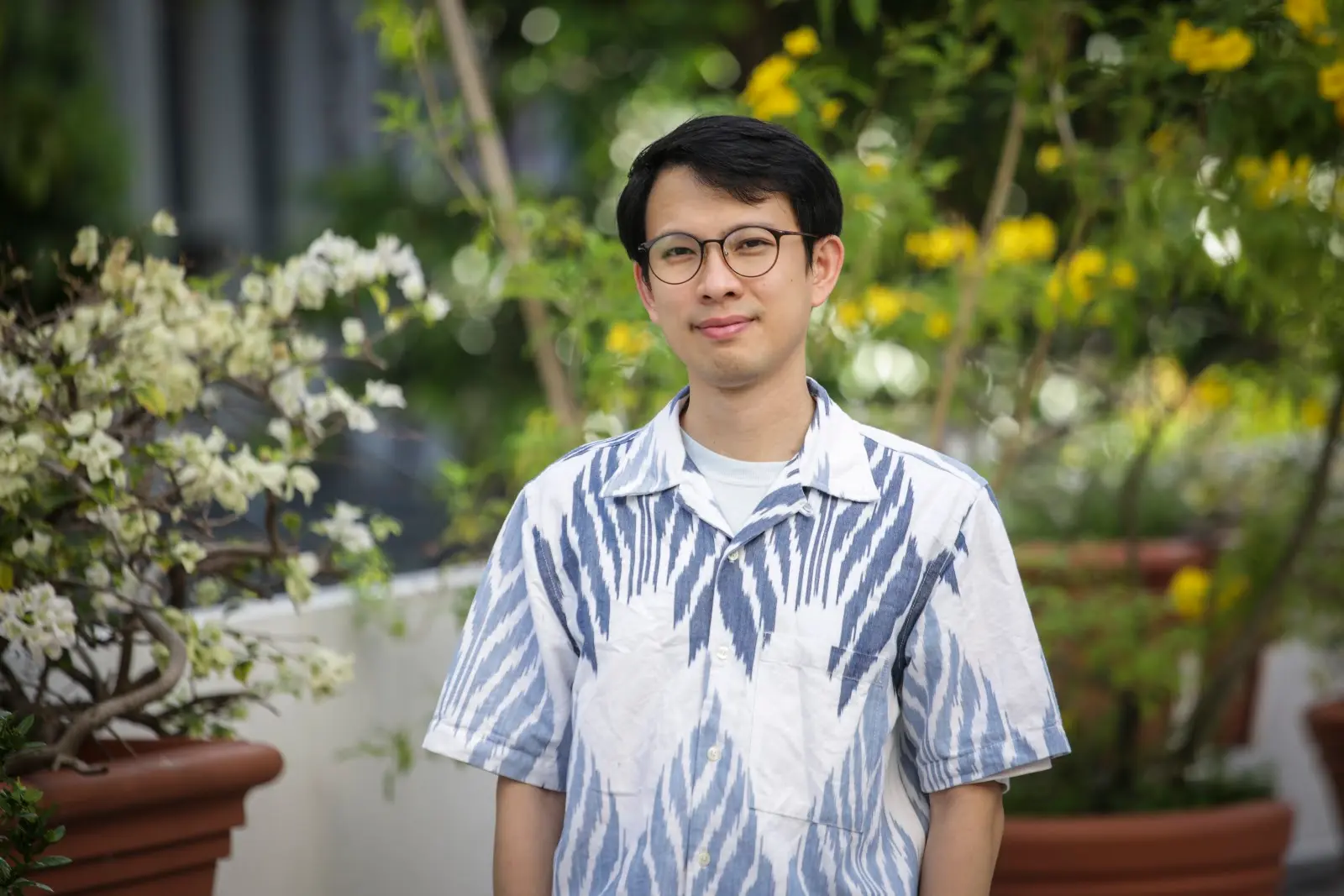“Other people can relate to our stories, just as we, for decades, related to stories without any Asian representation on screen”.
Stephane Ly-Cuong’s new film In The Nguyen Kitchen is a testament to Asian-ness in the creative arts. Exploring dynamics of identity and the immigrant experience through the lens of food and the performing arts, In The Nguyen Kitchen brings a dynamic cast and a rich original score to screen.
Ahead of its UK debut this week at Milk Tea films, Ly-Cuong sat down with Resonate to speak about the themes of the film, and how his own experiences behind and in front of the camera shaped his approach to directing the film. He stressed that this film wasn’t an intentional exercise in checking diversity quotas, but a way of portraying life as it is through his eyes.
The film is pure joy, and a love letter to multi-faceted identities, creative dreams, and our culture’s food. Read our conversation below!
IN THE NGUYEN KITCHEN written and directed by Stéphane Ly-Cuong opens in participating cinemas from 29 August including cast and crew Q&As events organised by T A P E and MilkTea.
I really like what you’ve shared about representation in this film, and how it isn’t the goal – rather a reflection of life as is. What does this film represent for you in the trajectory of your career?
Well, there are many themes and layers in the film, but I think my starting point was really a story about a search for identity—how you try to find your place between two cultures: the one from the country where you were born, and the one from your parents. It’s about how you try to find your place, your relationship with your parents, your position, your peace, and how you learn to embrace all the aspects of your identity.
That was really my first idea. And then very quickly, I wanted to see it through a mother–daughter relationship—probably because I have five big sisters and one mother, and the six of them all have really strong personalities. And also through food, because as Asians, of course, food was very important.
The idea of representation came later in the process. When I was writing the film, I had also started auditioning as an actor for small parts, and I was suddenly confronted with all these stereotypes that I hadn’t faced when I was just a writer or a director. So I wanted to put that into the film. But it wasn’t the main story—it’s more like the environment around it.
The film touches on the “mythical Asia” that Western media often uses to represent our community. Yvonne’s caught in between conforming to that to achieve her dreams, but also faces backlash for “compromising” herself. It’s really interesting you say that this aspect was based on your experiences both behind and in front of the camera. Could you expand on that a bit more and your experience with that dynamic?
Yes, sure. I mean, well, the Asian community in France—just like many communities—faces a lot of stereotypes. Most of them here are seen as rather positive, but they’re still stereotypes. I wanted to explain that it’s not always a kind of frontal racism; it’s more like, oh, I love your country, I love your food, I was there last summer and people were so nice. But even if it starts with good intentions, it’s still a cliché.
I also wanted to talk about that from the perspective of being an Asian actor in France. For many years—though it’s starting to change a little—if you were an Asian man, you’d mostly be cast as a Yakuza, a mafia guy, or a restaurant owner. And for women, it was waitresses or prostitutes. These roles were the reality. They’re still around a little, but it’s changing.
I wanted to show that we have much more than that. Sometimes people expect you to be extremely connected to your roots, to speak an Asian language or whatever, and it’s not always the case. So I just wanted to make fun of it and confront this type of racism—but in a light way.
Absolutely, one of the scenes that really struck me most was when Georges says, “I’m so tired of people asking me about my country.” And as you said, Asian racism is quite underlying in Western society–but that comes with its own baggage. How do you think film can better educate people about diversity beyond just representation?
I hope it can educate some people. For example, at some screenings in France, after the film, I had a conversation with an older man. He was a French white man married to a Vietnamese woman. And he told me, “you know, I used to say “your country, your country” when I was talking to her, and for me it was affectionate, something sweet. I didn’t realise until your film that it could be badly perceived.” And I said, yes, of course. Because when you say your country, I know you mean well—but at the same time, it’s like saying France is not your country. It isolates people, makes it sound like they’re not fully part of here.
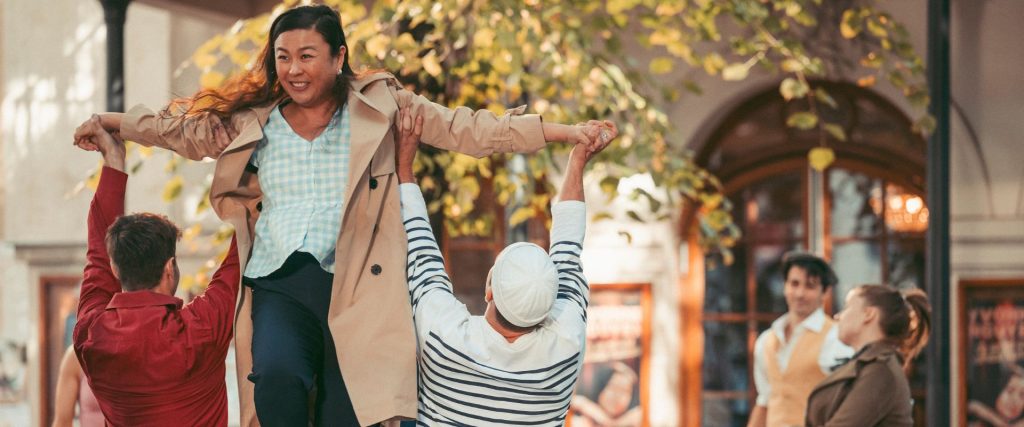
There were also people who said, ah, I didn’t realise the Vietnamese community was facing this kind of latent racism. It’s never aggressive racism—it’s always oh, your culture is so nice, your food is so good. But it still puts us in boxes. Even if the boxes seem positive, it’s still a form of racism. So yes, I hope some people become more aware of that through the film.
The film is incredibly dynamic in terms of the genre, in terms of the cast and the music. So what was that like for you to assemble such a diverse cast and create that score? And do you feel like this process brought you closer to your identity in any way, or was it more about helping others find their identity?
I think at the time I was making the film, I was totally at peace with my own identity. But I felt it was an interesting process to tell through a film. France is so diverse—we have so many people with different backgrounds, Asian or not Asian—and I thought it would be meaningful to deal with these kinds of issues, because many people could relate to them.
Speaking about the process of assembling, working, and casting, for me it was really important to have diversity—not just for the sake of diversity, but because it represents the world I’m living in. I wanted people with different backgrounds, different sexual orientations, different body types. That was something I really wanted—not to tick boxes, but because I think it feels more real. And we don’t get to see that very often, especially in leading roles in French film.
For example, you don’t usually see an Asian woman in her mid-30s in a leading role. But I thought, I like her, I like her energy, I want her to be the lead—and that’s my story. It was really exciting to do. Sometimes I had to fight a bit more to convince different partners, but it was okay, generally.
And yes, the crew was also very diverse. We had many women, and people of different heritage in key positions, which isn’t usual. So it was really exciting to bring together this team for this story. I think everyone was quite excited to do it, because it wasn’t the usual type of thing you see in French cinema.
You’re so right that the process does show there are people with diverse backgrounds in these roles, they’re just never chosen. Building on that, you’ve been trained in various established institutions when it comes to film, how would you say that plus your background has influenced your approach to filmmaking today?
Well, um… I think it’s a long process. For example, when I was younger, I wasn’t really interested in my heritage. I wasn’t denying it, I wasn’t pretending it didn’t exist, but I just wasn’t interested. Little by little, I realised it wasn’t a problem—on the contrary, it was something that made me richer. It’s really part of my identity.
So I started to engage with it more. I became more and more concerned with these issues—being born to immigrant parents, being Asian in France, being part of a minority. As I went through my life and my work, those issues became more and more present, but it’s been a process of many years. And now it feels really important to me.
For example, when I did my first shows, or some short films with Asian characters, I realised that after screenings or performances, many people came to me and said, it’s so nice to feel represented at last, in a short film or on stage. And I thought, yes. At the beginning of my process, that reaction really made me think: I need to keep working on this.
Because especially in French arts, and especially in film, we don’t exist. Our stories don’t exist. And if people like us—who are actually living these stories—don’t tell them, then no one is going to. So we have to fight a bit to make them happen. But it’s really important that we do.
How do you feel like the film industry can kind of move towards that some more?
I think it’s going to take time, especially in France. We’re not like, for example, the US, where they have quotas or say, we need a certain number of Asian characters. In France, people often say, no, no, no, we’re freer to create, we don’t need that, and so on. But I do think the industry here is changing—slowly. Especially because younger generations are arriving in the industry, at all levels: casting directors, producers… and these younger people are more concerned about diversity. So I think it will change, but we have to be patient.
On the other hand, from our side—from the Asian community—we still have to fight to make our stories happen. We have to keep reminding ourselves that yes, our stories are interesting. Sometimes we’ve internalised stereotypes that tell us our stories won’t interest other people. But they do. We just need to change our mindset and say: yes, we have the right to exist, we have the right to share our stories, we have the right to have artistic careers—and not just be doctors, pharmacists, computer technicians, or whatever.
Other people can relate to our stories, just as we, for decades, related to stories without any Asian representation on screen. So yes, I think change will come with the younger generations—Asian and non-Asian. We just have to be patient, and we have to keep working.
I want to touch on the aspect of food as well. I think it carries so much meaning in Asian culture and you’ve portrayed that in the film very beautifully. Though our food is often celebrated, I don’t think the meaning is understood in the same way outside Asian communities. So why was that an important aspect for you to highlight in the story?
I mean, most of the time, when you’re born in France or another Western country to immigrant parents, they don’t really share with you stories of suffering, of war, of exile, or that kind of thing. Most of the time, the only thing that gets passed down is food. It’s comforting, and it’s a way of expressing things. As you know, we don’t always express many feelings with words, but with food, we do. It’s also an opportunity to share moments together, because many dishes are easier to prepare when there are several of us.
That’s what I wanted to capture. Also, in Vietnam, I covered many countries through food, of course, but I liked the fact that some famous meals have a story, a legend, or something behind them. I thought that was beautiful. I wanted the mother in the book to share the legend of the New Year cake with her daughter. The legend also carries a message: you don’t need validation, you don’t need to be rich, or to go far, to make something great. You already have everything in your hands—you just have to think about it and do something personal. It may be simple, but it’s heartfelt and authentic.
I liked this mixture of doing something very precise—cutting onions, following steps—but at the same time, it carries meaning and gives you the opportunity to share a message.
Why do you think that immigrant Asian communities communicate and tell stories through food?
Well, first, because our food is really good—haha! So food is really central to our lifestyle. I think food engages all the senses: you eat it, you smell it, you prepare it. It can bring back so many memories for people who have left their country, more than just a picture ever could. Eating certain foods can remind you of your parents, your childhood, your hometown, or your country in ways that are very immediate and sensory.
I think it’s a kind of complete experience. For example, I was born in France, but sometimes when I eat certain meals, it reminds me of my father grilling meat on a barbecue. Or when I go to Vietnam, or to some Vietnamese restaurants, it brings back simple but happy memories.
So I think food is also a way to keep a relationship, a link, to the country you come from. That’s one of the reasons I feel food is so central.
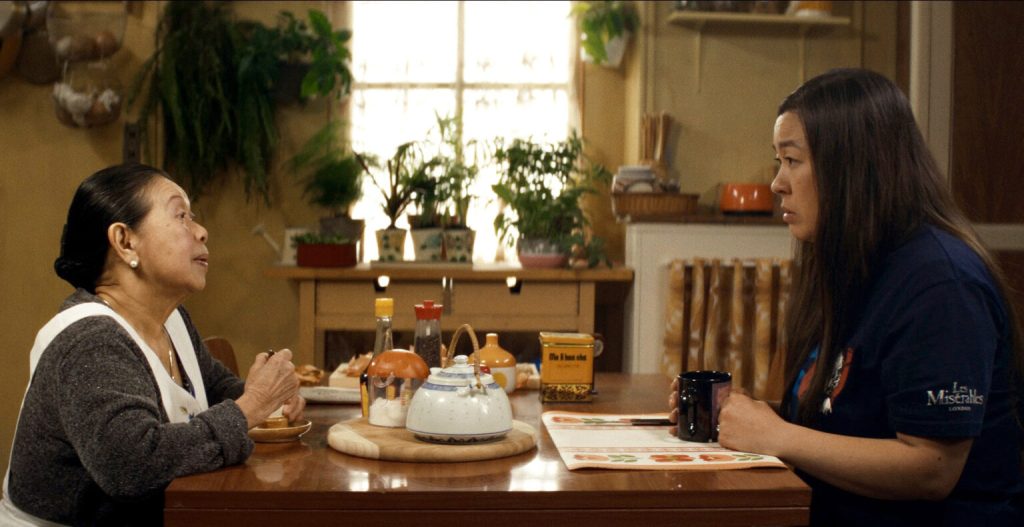
Yvonne’s mom was my favourite character. She reminds me so much of the women in my own family. And I think that dynamic between an immigrant mom and daughter–especially being between two women–that’s really powerful. What does Yvonne’s mother symbolise to you?
Well, she symbolizes our mothers or grandmothers—the ones who left their country, who had very strong minds and personalities, but who went through very difficult times, like wars and exile. I wanted to show how they can be tough.
When you first see them, you might think of the “tiger mom,” the one who says harsh things to her daughters or sons, always criticising them. But little by little, you see small openings. You realise that she has suffered, and maybe she doesn’t always agree with her daughter—but she does what she does because she thinks it’s best for her. And maybe, in the end, she comes to understand her daughter more.
I wanted to show that being tough and difficult can also be a way to survive, and a way to love one’s children—even if it seems strange from a Western perspective. But we, as Asian people, know that they can be very tough, and we also know that it comes from love.
What were the most challenging or maybe rewarding aspects for you about making this film?
Well, um, I think the challenging part isn’t one specific detail—it’s about having stamina and staying committed to your project over many years, and not giving up. Sometimes it’s difficult, especially at the beginning, when people would say things like, oh no, we’re not interested, do you really think anyone would be interested in this film? or we don’t have an Asian audience in France, how will you make this film? So I think the most challenging part is keeping faith in your project.
The most rewarding part, I would say, is when you present the film to audiences, especially at special screenings, and see people’s reactions. For example, we had screenings with many Asian audience members, and people shared their feelings. They would say, it’s so nice to be represented for once.
Someone even told me, “I cried the first time I heard Vietnamese—even though the scene wasn’t sad—it’s just that hearing Vietnamese in a French movie theatre, I’ve never seen this before.” It felt like being recognised.
Read more: Byron Mann on His Thirty-Year Acting Career, Making Films, and Accurate Portrayals
So, I think the most rewarding part is hearing people say it’s great to be represented, and knowing that our stories can be seen and shared.
Do you have any words of advice for other Asian creatives who are trying to navigate this space?
Just keep fighting. Our stories are interesting, and there is a space for us. Maybe not everyone will open their arms to our stories, but the space exists, and we have to make these stories happen ourselves. We have to tell them from the inside, because we know them best. We have to keep working, but it’s possible.
What do you hope that the audience will carry with them after washing the film?
Well, first of all, I hope they will feel joy. We wanted to convey that, because even though the film carries different messages, what I really wanted was to create a joyful feeling—something people can enjoy. Then, each viewer can choose what they relate to most. Sometimes it might be about mother–daughter relationships, sometimes about what it means to be an artist and make choices, and sometimes about finding yourself. I don’t know. But above all, I want people to have fun.
In The Nguyen Kitchen, screening at Milk Tea Films. Tickets HERE.


